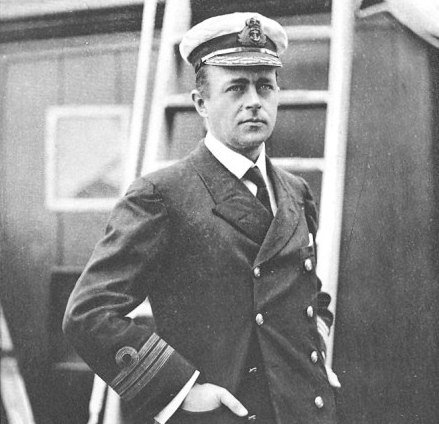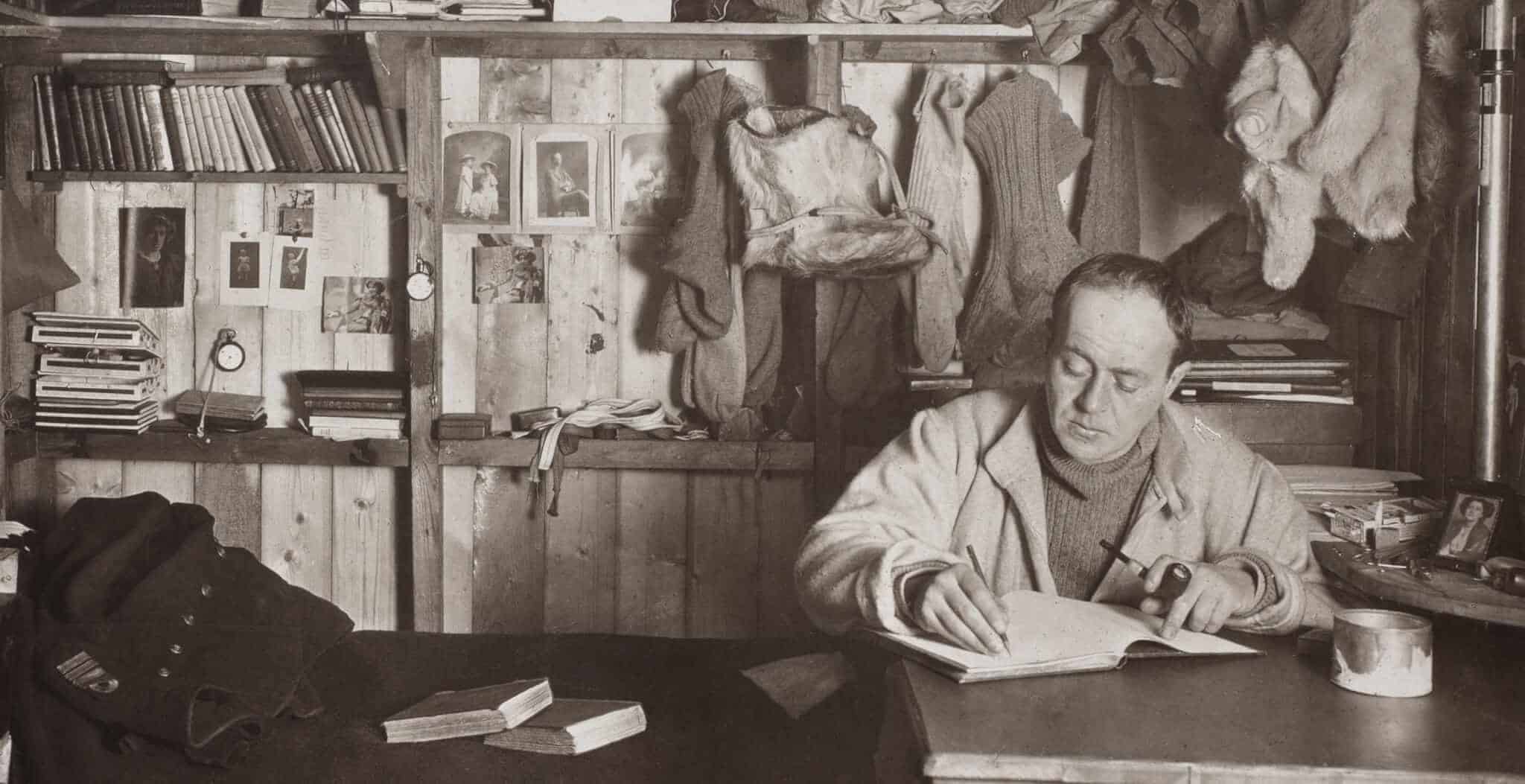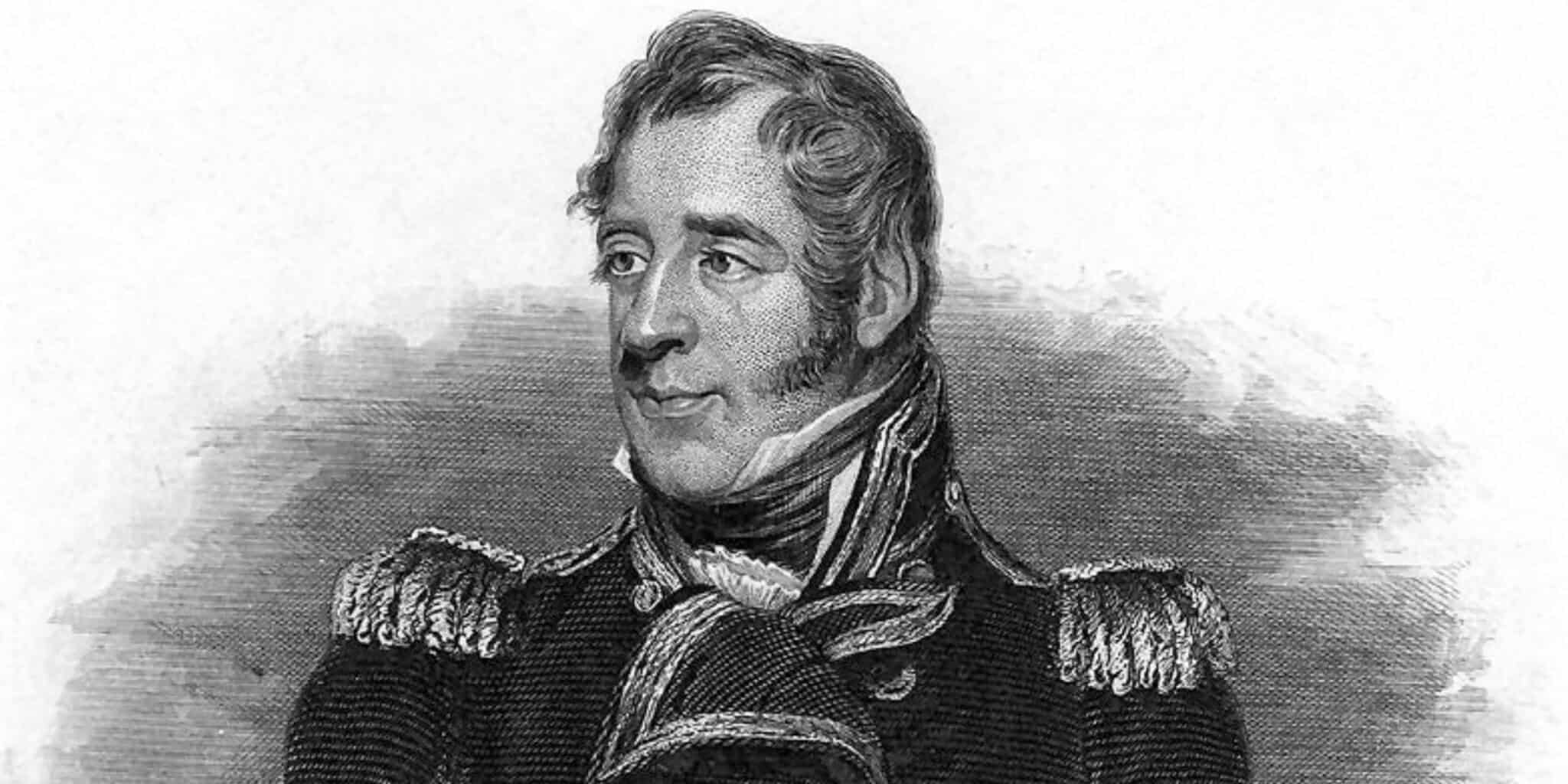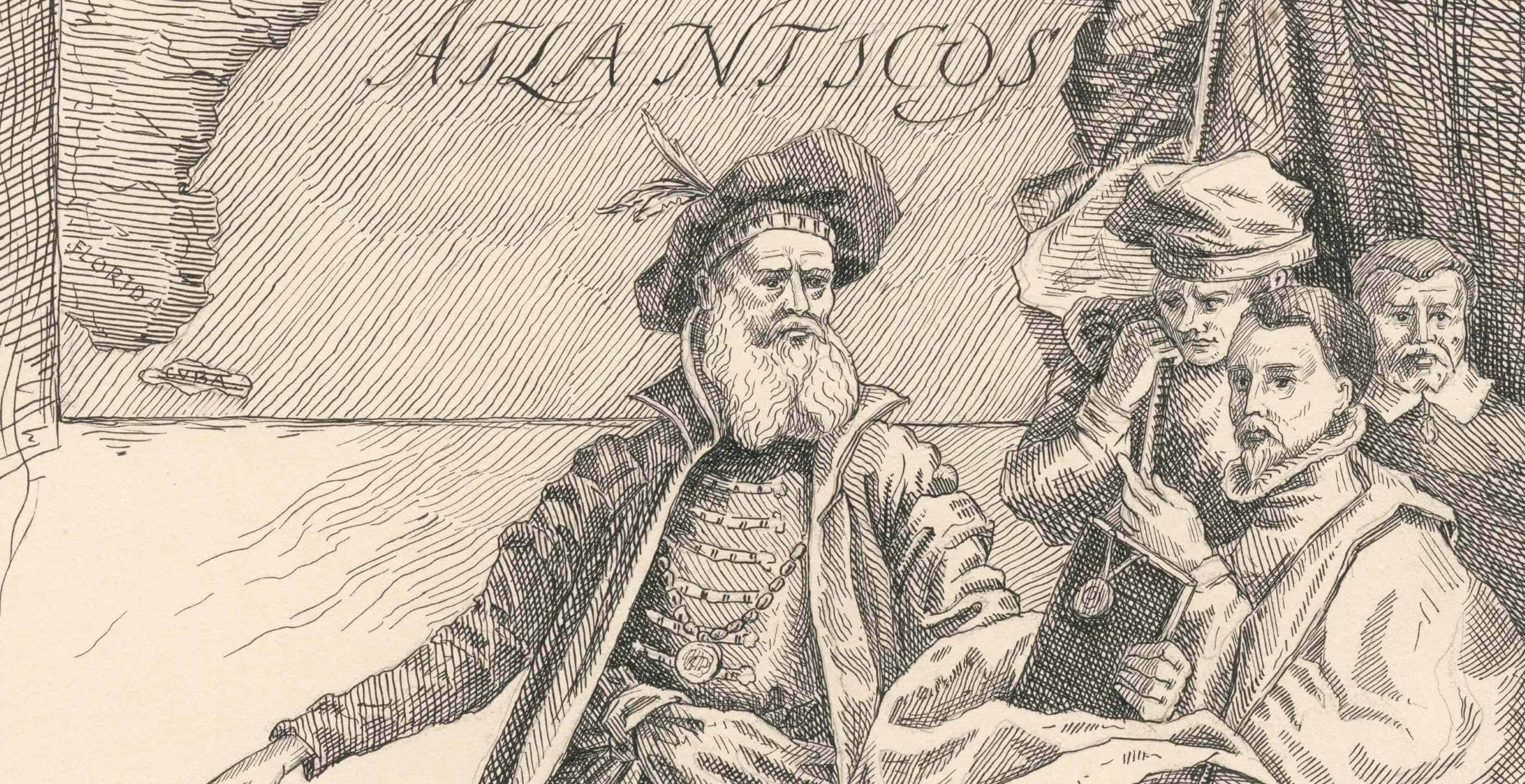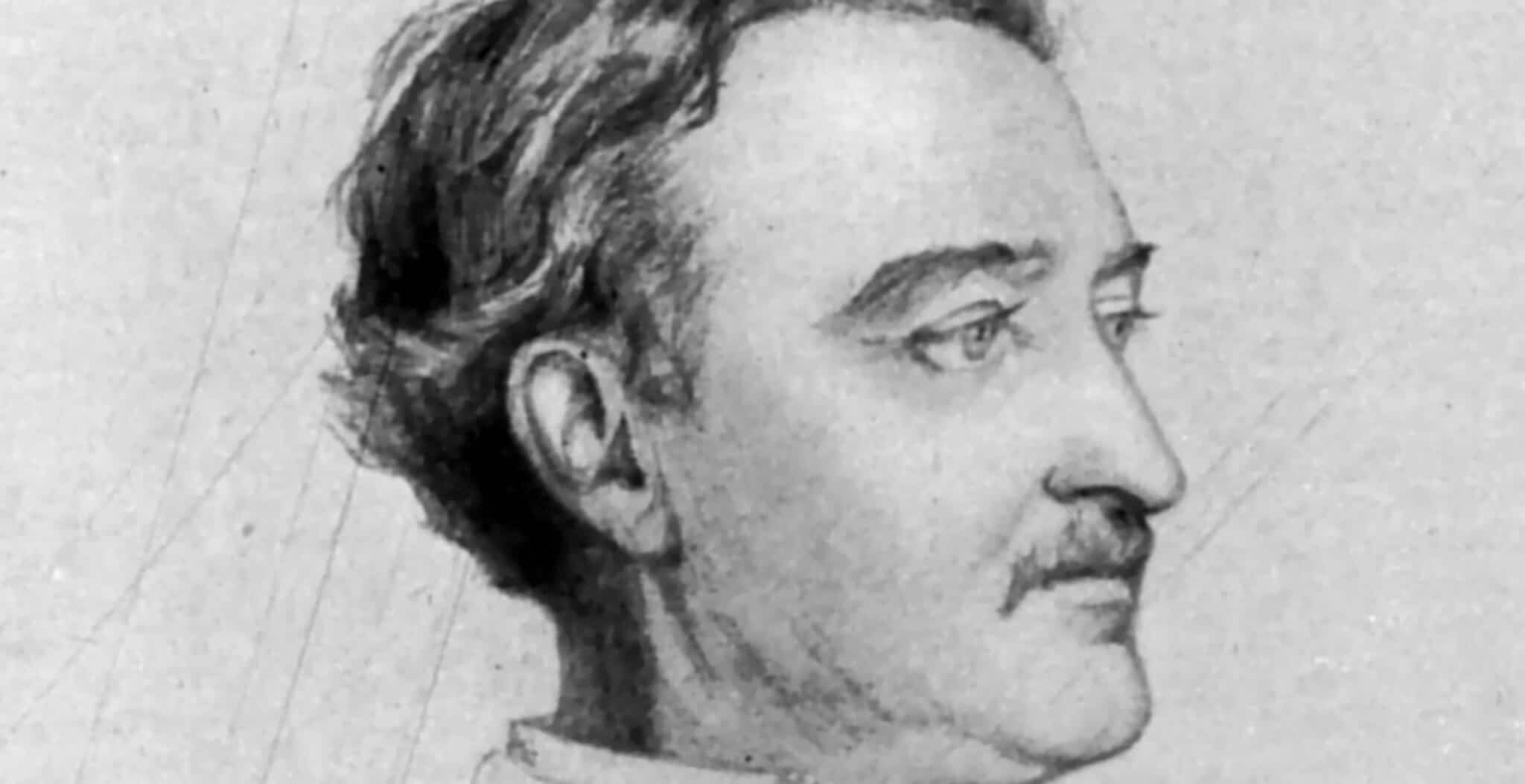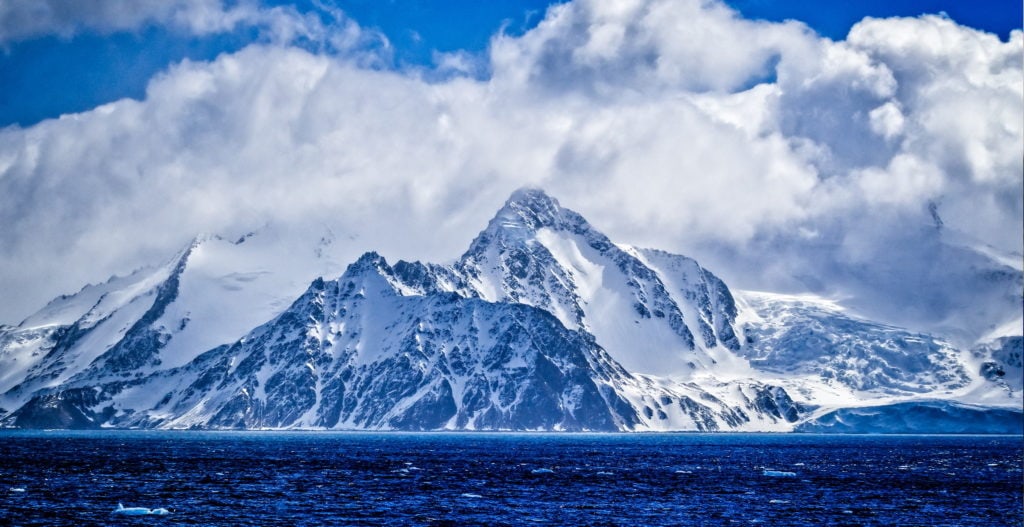Early life and the Discovery Expedition
Born on 6 June 1868 in Devonport, Plymouth, Robert Falcon Scott became a naval cadet at the age of 13. During the next 20 years Scott served on a myriad of ships all across the world, but soon became frustrated with the lack of career progression available to him during this period of Victorian peace time.
To advance his career, Scott decided to volunteer for the British Antarctic Research Mission on board the RRS Discovery. Although this was to be a privately funded expedition, the ship ultimately fell under the command of the Royal Navy and Scott managed to secure his first ever command.
The RRS Discovery set sail from the Isle of Wight on the 6th August 1901, and reached Antarctica five months later on the 8th January 1902. As they arrived during the Antarctic summer, the ship spent its first few months in relatively ice-free conditions charting the coastline and various making zoological, scientific and geographic observations.
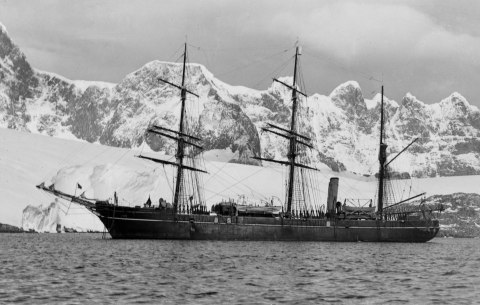
As the winter set in, Scott decided to anchor up at McMurdo Sound and prepare the expedition for its main objective; two years of scientific study and – perhaps more importantly – to make the first attempt to the South Pole.
The attempt to the South Pole was to be made by Scott himself, along with doctor and zoologist Edward Wilson and Scott’s third in command offer, Ernest Shackleton.
These three men, along with their dogs, left the RRS Discovery on the 2nd November 1902. From the outset however the journey ran into problems. It was soon discovered that the food for the dogs had gone bad, and combined with the parties’ lack of experience with sledge dogs, they were forced to turn back on the 31st December 1902. The journey had not been a complete failure however, as they had reached a latitude of 82°17’S, some 300 miles further south than anyone before them.
On the way back to base camp, Shackleton became afflicted with scurvy and had to be supported back by Wilson and Scott, themselves already worn and weary by the 960 mile journey. Through grit and determination, they finally reached the RRS Discovery on the 3rd February 1903 and Shackleton was subsequently sent home on the relief ship to recover.
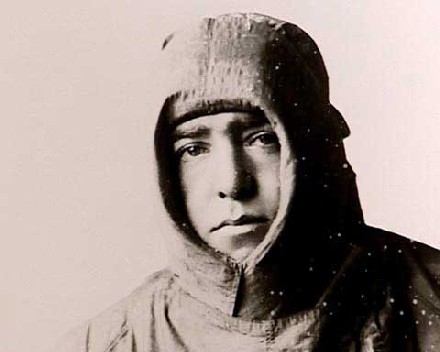
The RRS Discovery was to remain in Antarctica for another year and would not arrive back to the UK until the 10th September 1904. On Scott’s return to London, he was subsequently promoted to Captain and was given leave from the Navy to write the official expedition account.
Scott’s falling-out with Shackleton
When the expedition account was finally released as a book in 1905, Scott spoke of how Shackleton’s illness was the key factor in their failing of the attempt of the Pole. This, along with Shackleton being sent home reputedly against his will, led to a break in relations between the two men. Shackelton was still keen to prove himself, and as Scott recommenced his naval career, Shackelton turned his attention back to Antarctica.
Unfortunately Shackelton did not carry the same public exposure as Scott, and as such financing his own expedition was difficult and time consuming. Eventually by 1907 he had secured enough private funding, and the expedition was able to set sail for the Antarctic in August of the same year. The expedition was to be called the Nimrod Expedition.
Shackelton’s Nimrod Expedition 1908 – 9
Before the Nimrod Expedition set sail, there was one final hurdle to cross. Shackleton had decided to base his expedition out of the old Discovery base on McMurdo Sound, much to the annoyance of Scott who wrote to Shackleton:
| ‘I needn’t tell you that I don’t wish to hurt your plans, but in a way I feel I have a sort of right to my own field of work in the same way that Peary claimed Smith’s Sound and many African travellers their particular locality – I am sure you will agree with me in this and I am equally sure that only your entire ignorance of my plan could have made you settle on the Discovery route without a word to me.’ |
After a series of these letters, including letters from Edward Wilson acting as a mediator, Shackleton was forced to concede his original plans and instead decided to base his camp further East in King Edward VII Land. Unfortunately this concession meant that Shackelton had to give up on his secondary goal of reaching the South Magnetic Pole, as it fell within Scott’s ‘region of influence’.
When Shackleton and the Nimrod finally reached Antarctica on the 23rd January 1908, he observed that the Ross Ice Shelf had changed significantly since the RRS Discovery’s departure, and as such Shackleton was unable to anchor on King Edward VII Land. It was at this point he had two choices; to abandon the mission or to go against his promise to Scott. In the end he decided to continue forward and head for McMurdo Sound.
Once in the Sound, Shackleton was unable to navigate through the pack ice and anchor up at the old Discovery camp. Instead, he was forced to set up a new camp twenty-three miles north at a new base called ‘Cape Royds’. Once this new camp had been set up, the Nimrod set sail back to New Zealand leaving the expedition crew to prepare for their main expeditions into the Antarctic mainland.
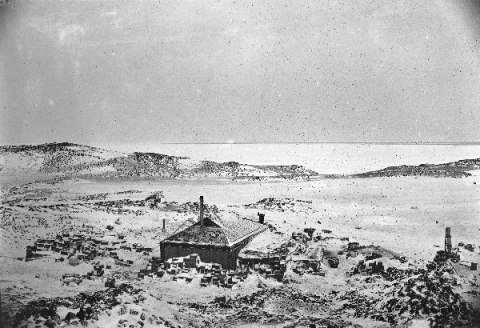
Once the Nimrod had left, the first mission of the expedition was to reach the summit of Mount Erebus, the second highest volcano in Antarctica. The ascent was successful the summit reached on 9th March 1908, although Shackleton himself was not part of the climb.
After this, the expedition started to prepare for the winter. This would be the time where Shackleton and his team were to meticulously plan for the main journey to the South Pole. During this time it was also decided that the objective to reach the South Magnetic Pole would be reinstated, as the promise to Scott that he would not venture into this territory was already broken.
By 5th October the worst of the winter weather had subsided, and the ‘Northern Party’ were instructed to begin their 290 mile trek to the South Magnetic Pole. Starting off their journey with a motor car(!), their objectives were two fold; to plant the Union Flag at the Magnetic Pole, and to claim Victoria Land for the British Empire. Both of these objectives were met, as on the 17th January 1909 they reached their goal.
The Northern Party were finally picked up by the Nimrod 4th February, with the team both mentally and physically exhausted and with an aroma that was said to be ‘overpowering’. They had – after all – been in the same clothes for over four months!
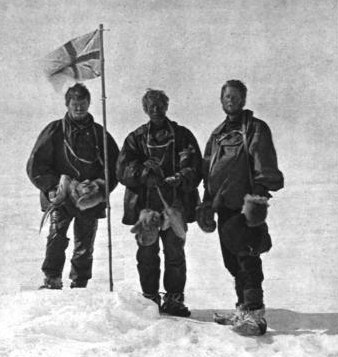
The Southern Party left a few weeks later than the Northern Party, on October 29th 1908. Led by Shackleton himself, ponies were used for the first portion of the journey but were overcome by the harsh Antarctic weather and by November 21st the ponies had all but perished. Low on rations, the group were forced to man-haul their equipment for the rest of the expedition.
Christmas came and went, and was celebrated with plum pudding, brandy, crème de menthe and other treats. However by this time the group had reached the polar plateau and were completely exposed to elements. Harsh winds and blizzards meant that some days the group could not even leave their tents, and with every passing day their supplies were diminishing.
By January 9th the team were just 97 miles from the pole, but Shackleton knew that if they continued they would not have the food for the return journey. As such, at a point of 88°23’S, it was decided that they were to turn around and head back to the Nimrod.
| “I thought, dear, that you would rather have a live ass than a dead lion.”
Shackleton to his wife Emily, concerning his decision to turn back only 97 miles from the South Pole. |
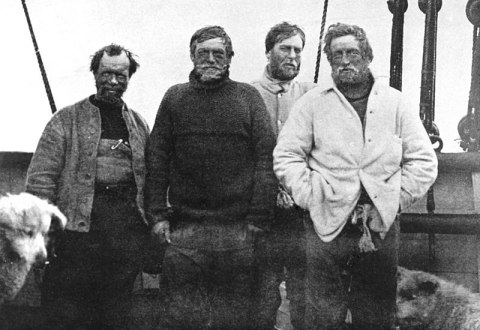
Scott’s Terra Nova Expedition
After Shackelton’s return to Britain, Scott had already begun preparations for his next attempt at the pole; the Terra Nova Expedition. After carefully selecting a crew of sixty-five men, as well as securing private funding, Scott finally reached Antarctica on the 4th January 1911. However the voyage down had brought with it some worrying news; on stopping off at Melbourne, Australia, Scott had received a telegram stating that the Norwegian explorer Roald Amundsen had abandoned his attempt at the North Pole and was instead ‘heading South’. The race for the South Pole had begun.
Upon arriving in Antarctica, the crew immediately started work on putting up the pre-fabricated hut. As soon as the hut had been finished, a small team (not including Scott) were instructed to explore the local area and carry out scientific studies to the east. On this expedition, the Terra Nova spotted Amundsen’s base and anchored up to meet them. According to the expedition leader, Victor Campbell, Amunden was ‘courteous and hospitable’. However after heading of this news, Scott was said to be outraged and wanted to confront Amundsen. After being dissuaded by his officers to do so, Scott instead increased his efforts into planning for the journey to the South Pole.
By early September 1911, and after a bitter Antarctic winter held up in camp, Scott had finalised his plan. Fifteen men would accompany him on the journey, split into three groups. Only one of the groups would make the final push to the South Pole, with the other two acting as ‘support groups’. These support groups would go first, creating supply depots along the route to the pole.
The plan was for the three groups to meet up regularly, and only when they were near to the Pole would Scott decide who would make the final push, presumably depending on who was most fit and well at the time.
The first support group (nicknamed the ‘Motor Party’) left Cape Evanson the 24th October 1911 on two motor-powered sledges. These subsequently broke down after 50 miles and the group had to continue on foot for the remaining 150 miles.
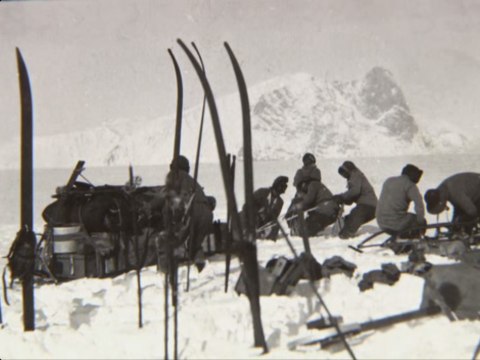
The second and third groups left the hut on 1st November, and met up with the Motor Party exactly three weeks later. The progress was slow from the outset, and this was only exacerbated when on the 4th December a blizzard struck just as the team were approaching the end of the Ross Ice Shelf. The blizzard held the men in their tents for five days, eating into their rations and further weakening the horses that were tied up outside.
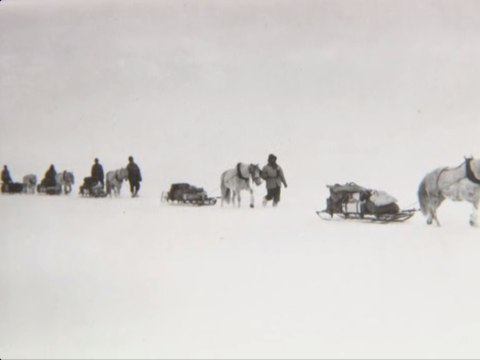
After the blizzard had subsided, the horses were killed for meat and the team continued on. By the 23rd December the original expedition team of 15 had been whittled down to just 8, as the rest had been sent back to base with orders to bring dogs to meet up with Scott and his team on their return journey from the Pole. Unfortunately these orders were either forgotten or overlooked, as the dogs never arrived.
On the 9th January the polar group had reached Shackleton’s further point south and they were now deep into the Antarctic plateau. Although the group were weakening, they continued onwards and finally sighted the South Pole on the 16th January. This ‘sighting’ however, was not of virgin snow but instead of a Norweigan flag. When they finally reached the flag on the 17th January they had found that Amundsen had arrived over a month earlier, must to the distress of the group. As Scott famously wrote:
| “The Pole. Yes, but under very different circumstances from those expected” |
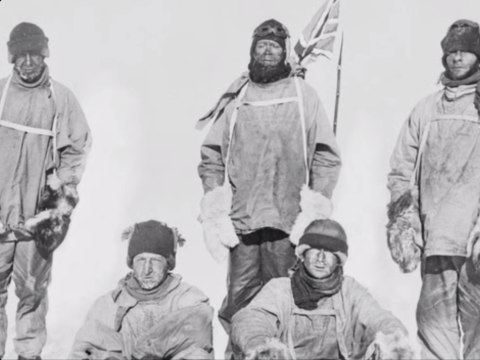
The group left the pole a day afterwards to begin their 883 mile journey back to Cape Evans. The first half of the journey was relatively smooth, and the team covered the Antarctic Plateau in relatively good time. However, as soon as the team hit the Beardmore Glacier their luck changed.
The team were suffering from severe malnutrition, exhaustion and frost bite. Edgar Evans was to succumb to the elements first, and finally collapsed and died on the 17th February whilst descending from the Beardmore Glacier.
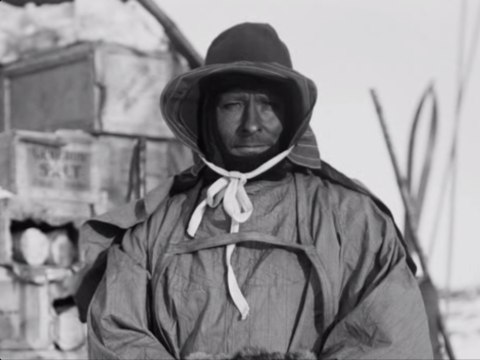
The rest of the team continued onwards, but once fully on the Ross Ice Shelf the weather turned. Over the next few days and weeks, some of the worst weather ever recorded in the area battered Scott and his group.
By the 15th March, the second team member, Lawrence Oates, decided he could not carry on and tried to persuade Scott to leave him in his sleeping bag and for the rest of the team to carry on. Scott refused and they continued on.
That night the team set up camp, but in the morning the team noticed Oates awake and preparing to go outside. He had decided to sacrifice himself for the sake of the group, as rations were running perilously low. Scott describes this event in his diary:
| He was a brave soul. This was the end… It was blowing a blizzard. He said, ‘I am just going outside and may be some time.’ He went out into the blizzard and we have not seen him since. |
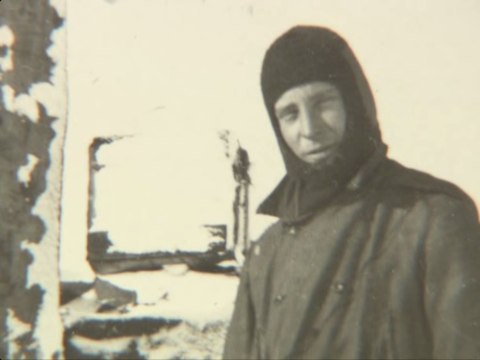
The last diary entry by Robert Scott was made on the 29th March, only 11 miles south of a depot that held well needed supplies. He wrote:
| Since the 21st we have had a continuous gale from W.S.W. and S.W. We had fuel to make two cups of tea apiece and bare food for two days on the 20th. Every day we have been ready to start for our depot 11 miles away, but outside the door of the tent it remains a scene of whirling drift. I do not think we can hope for any better things now. We shall stick it out to the end, but we are getting weaker, of course, and the end cannot be far.
It seems a pity, but I do not think I can write more. R. SCOTT. |
Scott died shortly afterwards, along with Edward Wilson and Henry Bowers. Their frozen bodies were found on the 12th November by a search party from Cape Evans.
The three men were given a funeral and a cairn of snow was erected over their graves. To this day Scott, Wilson, Bowers, Oates and Evans’ bodies still lie within the ice of Antarctica.
